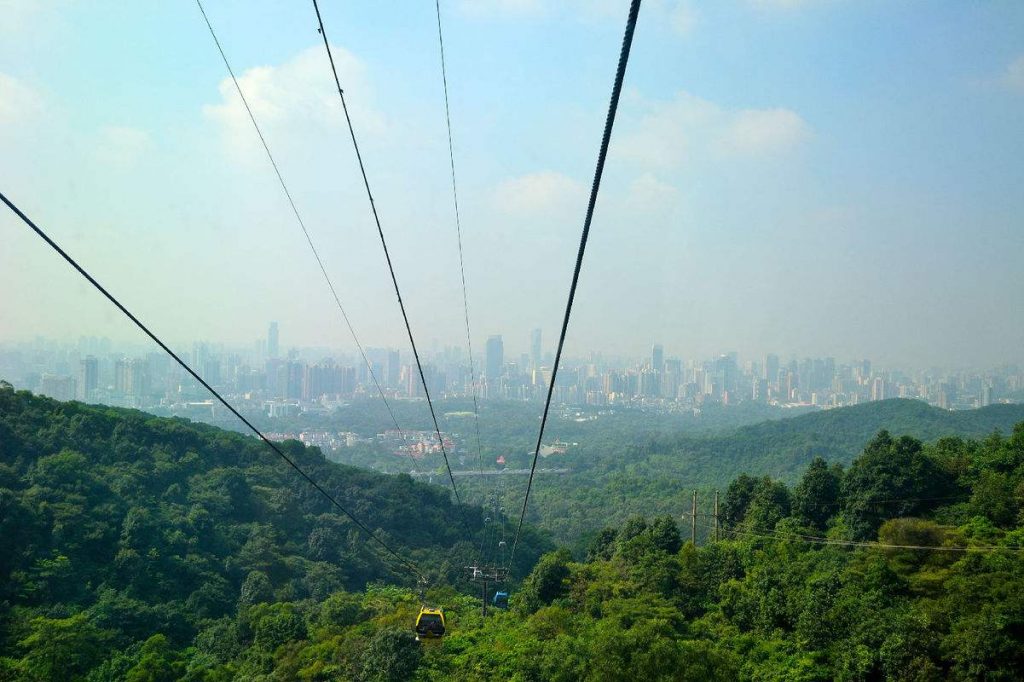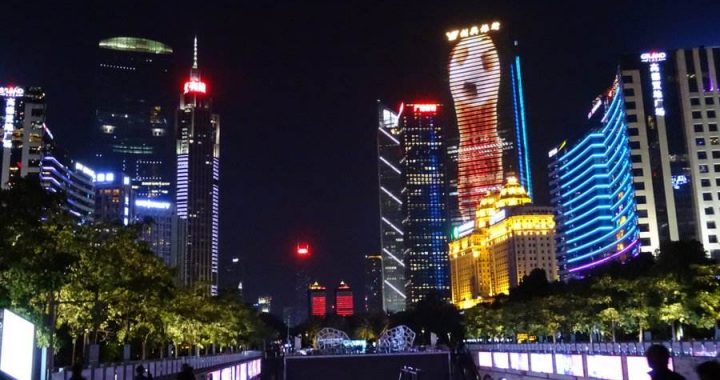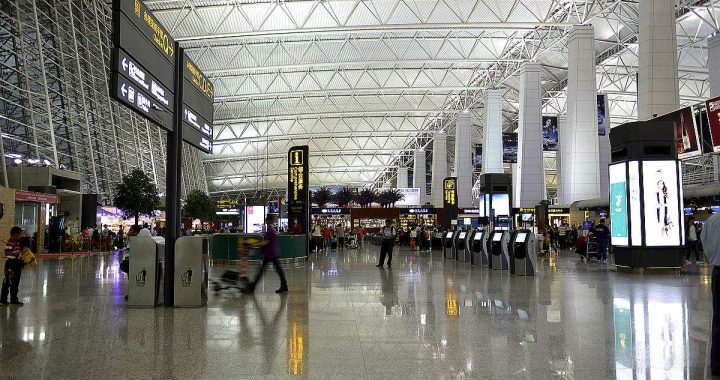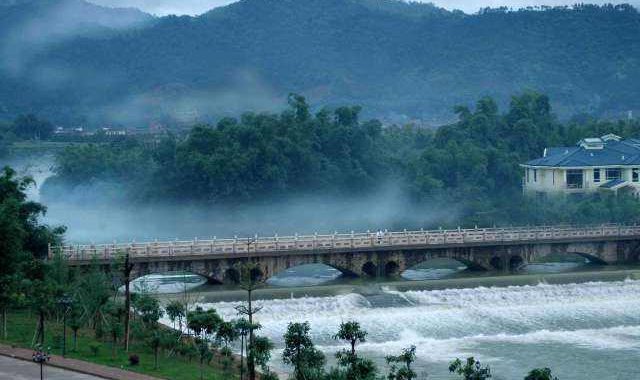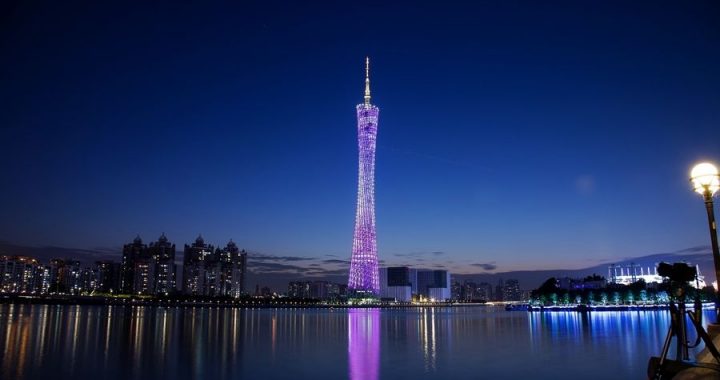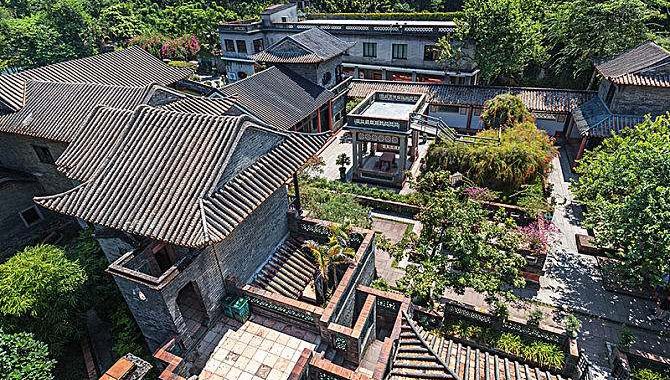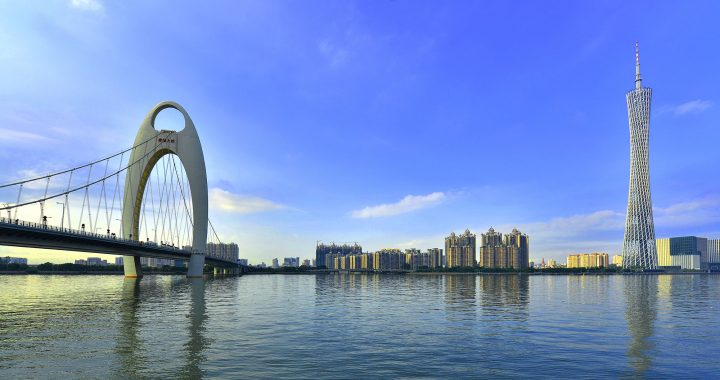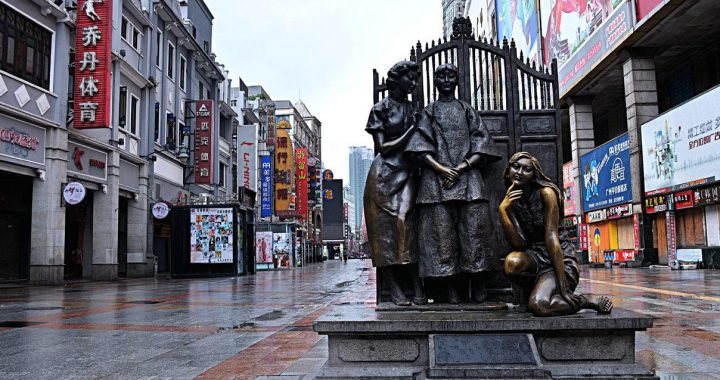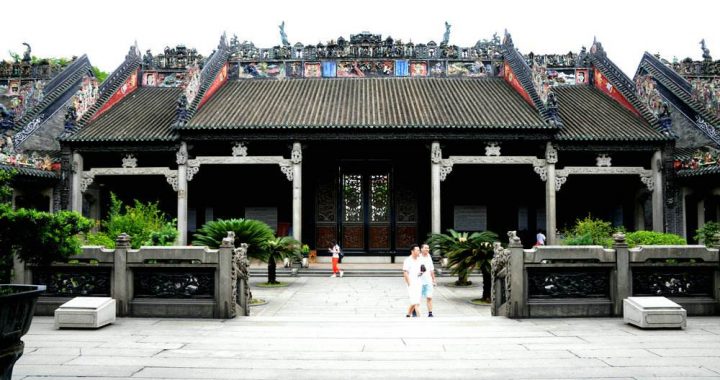Baiyun Mountain
2 min readBaiyun Mountain refers to the mountain range located 15 km north of downtown Guangzhou and made up of about 30 peaks, with an area of 28 square kilometers. It is located at the southern end of the Dayu Mountains, which themselves are part of Nanling Mountains. Its highest peak, Moxing Ridge is 382 m high and is also called the“ First Peak under the Southern Sky”.

The name of the mountain derives from the view of peaks shrouded by white clouds in late Spring or when the sky clears after rain. Baiyun Mountain has been a scenic spot since ancient times. The fame of the mountain dates back before the city of Guangzhou was established, when it was occasionally visited by celebrities of as early as the Warring States Period( 476 BC- 221 BC). It had become known for its beauty in Jin Dynasty( 265- 420) and reputed as a tourist attraction in Tang Dynasty( 618- 897).
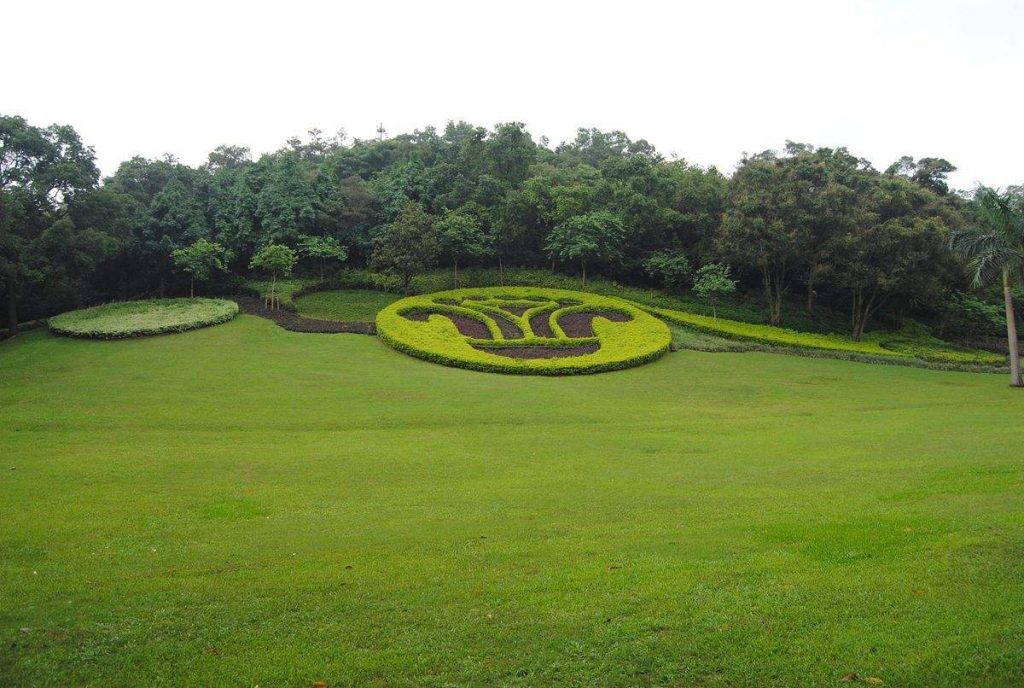
Numerous scenes on Baiyun Mountain have been named in the Eight Sights of Guangzhou of various eras since the Song Dynasty( 960- 1279). Over the course of history, Baiyun Mountain has earned the titles of“ Top Beauty of Guangzhou” and“ First Mountain of Lingnan”. Historically, Baiyun Mountain had an abundance of scenic spots and historical sites, but few of them have survived till modern days.
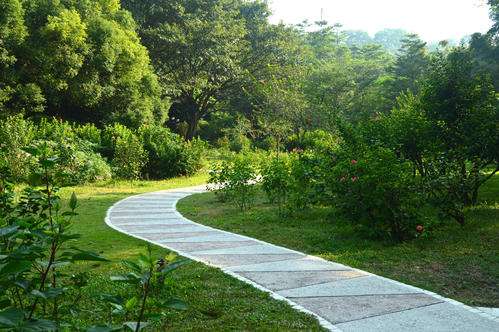
Virescence covers over 95% of the area of Baiyun Mountain, enabling it to absorb 2800 t of carbon dioxide and release 2100 t of oxygen each day. Therefore, Baiyun Mountain is regarded as the“ Lung of the City”.
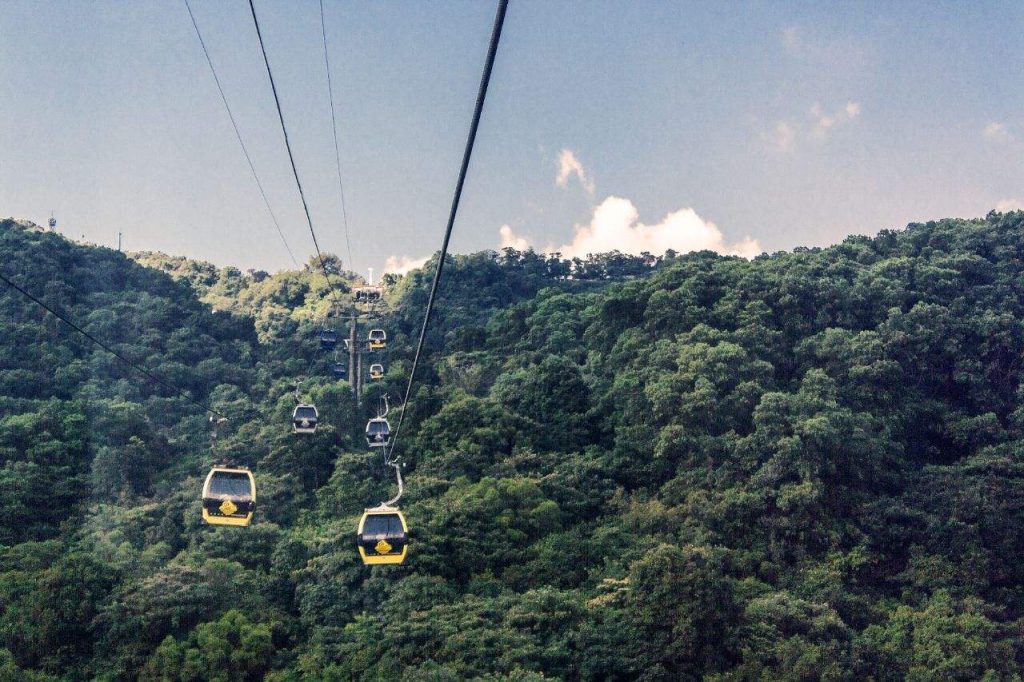
So far seven sightseeing zones have been developed: Mingzhu Tower, Moxing Ridge, Santai Ridge, Mingchun Valley, Fei’ e Ridge, Luhu Lake and Heyi Mountain. Apart from the existing locations like Moxing Ridge, Village Hostel, Songtao Villa, Mingzhu Tower, Luming Restaurant and Baiyun Immortal’ s House, more attractions have been added in the past 10 years such as the Baiyun Cableway, Mingchun Valley- the largest birdcage in Asia, the Forest of Steles in Guangzhou, Nengren Temple, a golf course, Xinghai Garden, Yuntai Garden, the Sculpture Park and Baiyun chute.
